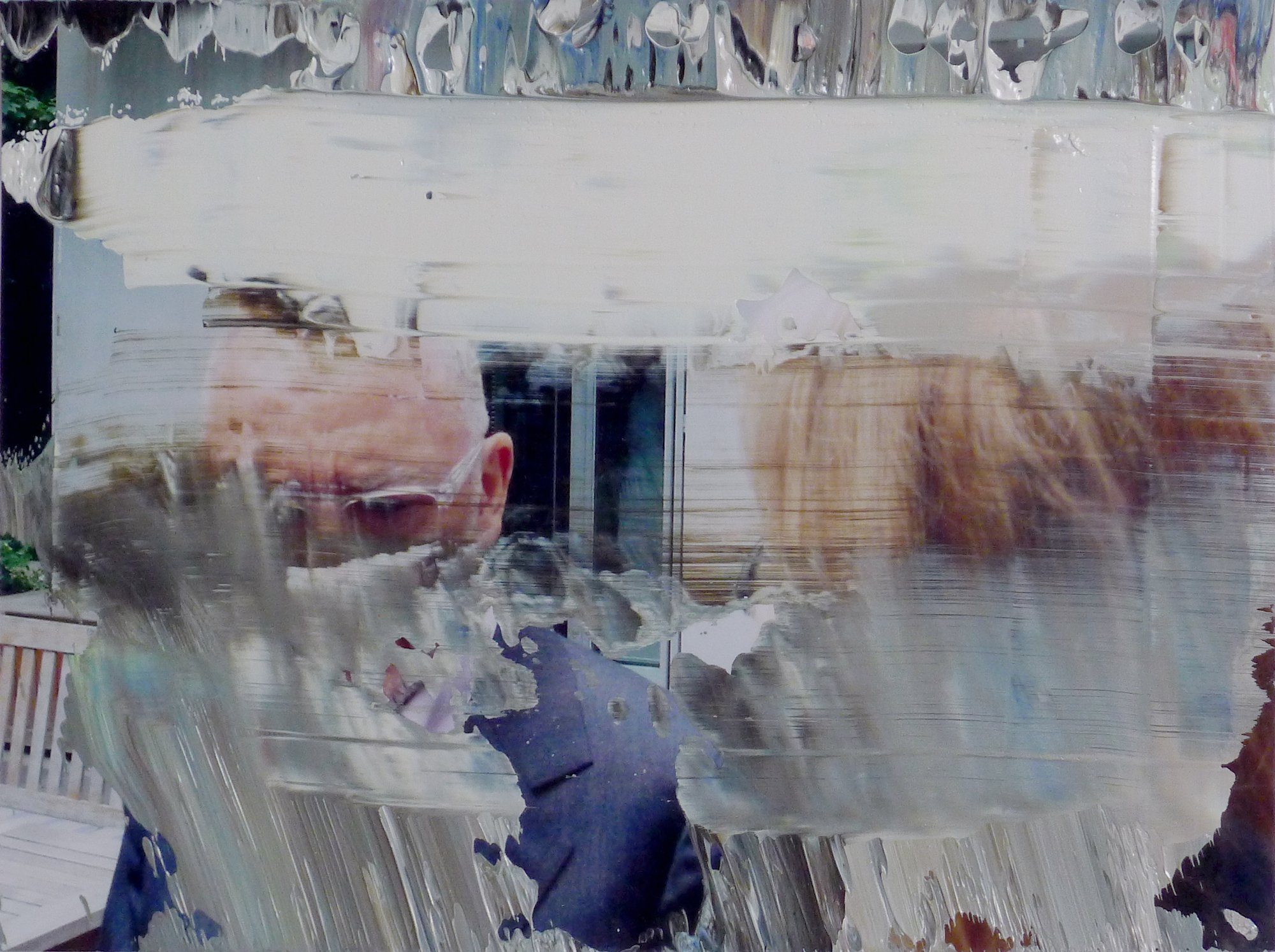A. Lange & Söhne: The Importance of Craftsmanship
Colours, forms, and lines that obscure the faces of people, natural scenes, and urban panoramas. Due to their novel perspective on Richter’s fundamental artistic theme—a conversation between the concrete and the intangible—Gerhard Richter’s “Overpainted Photographs” need the attentive attention of the observer. The Dresden-born artist had what seemed like photos enlarged to about 10 x 15 centimetres and then textured them using leftover paint from his work on large-format paintings, creating a sequence of pieces that spans from 1989 to 2017.
As a result, the photo’s narrated quality contrasts wonderfully with the paint’s abstract personality. Illusionistic pictures and abstract structures can be contrasted on a tiny canvas when their context is removed, prompting the viewer to question what they are seeing and allowing them to fill in the blanks with their own ideas. According to Dietmar Elger, the archive’s director, “Gerhard Richter manages to capture the theme of illusion in an astonishing way” on these tiny, Overpainted Photographs. Gerhard Richter’s scepticism of the reliability of our sense of reality is validated by this body of art. In the same way that the concept of abstraction as an illusion is shown to be true in earlier works, so too do the abstract colour structures disrupt the holistic picture of the photographic image.
The Dresden exhibition “Gerhard Richter: Overpainted Photographs” is only the second museum exhibition to focus on this almost unknown but no less fascinating collection of works created by one of the most significant and influential contemporary painters, and collectors have responded favourably to it despite the field of fine art largely ignoring it. The Gerhard Richter Art Foundation contributed 36 paintings, and private collectors provided an additional 36 for the exhibition.
The unique collection of overpainted images, which for a long time remained virtually undetected by the public, will be on display at the Albertinum in Dresden from August 26th, 2023, through November 19th, 2023. The meticulously organised show gives unique insights into one of the chapters of the artist’s six-decade-long career. The artist was born in Dresden in 1932 and studied painting there before escaping to West Germany in 1961 to reinvent himself at the Düsseldorf Art Academy.
Gerhard Richter; 29. April 2015, 2015; oil on colour photography; 16.7 x 12.6 cm; on loan from the Gerhard Richter Art Foundation; © Gerhard Richter 2023 (26082023); Photo: Simon Vogel, Cologne
Gerhard Richter has maintained strong ties to his birthplace despite his national and worldwide prominence as an artist. The artist, who, along with Ferdinand Adolph Lange, is one of Dresden’s most renowned sons, donated his work “Fels (694)” to the Dresden State Art Collection after the Elbe floods of 2002 so that it may be used in the museum’s rebuilding efforts. The Gerhard Richter Rooms at the Albertinum opened two years after he loaned the museum thirty-two of his pieces.
Even though the Dresden Academy of Fine Arts “was entirely out-dated,” Richter still values his time there: “the artisanal training allowed us to gain an appreciation for materials, while the drawing and painting training that used nature as an inspiration was invaluable for the development of vision”. He believes strongly that hard labour is the only way to produce truly excellent craftsmanship. Gerhard Richter chimes in that it goes without saying that you need to be an expert in your field.
Wilhelm Schmid, CEO of Lange, recognises similarities between Gerhard Richter’s philosophy and the art of watchmaking and corporate culture practised at A. Lange & Söhne: “Whether in painting or fine watchmaking, the most important requirement for the creation of inspiring and technically demanding works of art is an excellent education. For over 25 years, we have made it our mission to train young talent to become watchmakers in-house in order to ensure that the craft, which is firmly rooted in Saxon history, will continue into the future,” says Schmid.
He continued, “As a manufacturer steeped in tradition, the preservation of German cultural heritage is very important to us. We are therefore proud to be able to support the Dresden State Art Collections in this special exhibition dedicated to an outstanding painter who was born in Dresden and who has devoted his entire life to art. Once again, the Museum Association is fulfilling its mission to highlight Dresden’s reputation as a city that offers world-class art and culture. The partnership with A. Lange & Söhne, which has existed since 2006—the year in which the Gerhard Richter Archiv was established—is also based on this commitment.”
“I am delighted that the watch manufacturer A. Lange & Söhne is supporting the exhibition of my “Overpainted Photos” in Dresden,” emphasises Gerhard Richter. “We both share a close and special relationship with the Saxon capital and the Dresden State Art Collections.”




